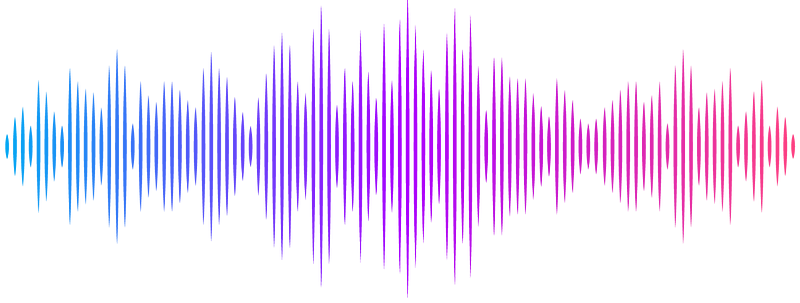Geometrically-engineered organoid units and their assembly for pre-construction of organ structures

Geometrically-engineered organoid units and their assembly for pre-construction of organ structures
Kadotani, A.; Hayase, G.; Yoshino, D.
AbstractRegenerative medicine is moving from the nascent to the transitional stage as researchers are actively engaged in creating mini-organs from pluripotent stem cells to construct artificial models of physiological and pathological conditions. Currently, mini-organs can express higher-order functions, but their size is limited to the order of a few millimeters. Therefore, one of the ultimate goals of regenerative medicine, \" organ replication and transplantation with organoid,\" remains a major obstacle. 3D bioprinting technology is expected to be an innovative breakthrough in this field, but various issues have been raised, such as cell damage, versatility of bioink, and printing time. In this study, we established a method for fabricating, connecting, and assembling organoid units of various shapes independent of cell type, extracellular matrix, and adhesive composition (unit construction method). We also fabricated kidney tissue-like structures using three types of parenchymal and interstitial cells that compose the human kidney and obtained findings suggesting the possibility of crosstalk between the units. We anticipate that this technique will bring us closer to the realization of highly efficient and rapid fabrication of full-scale organoids that can withstand organ transplantation.
